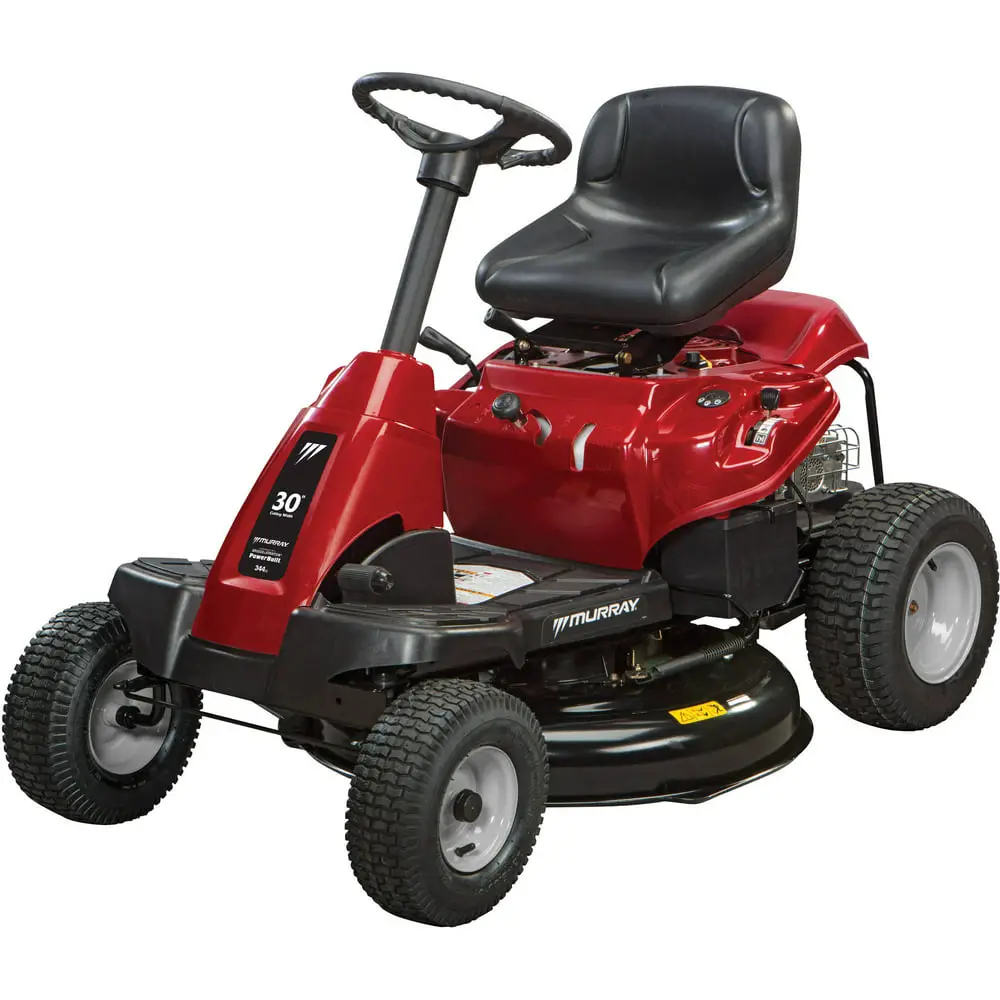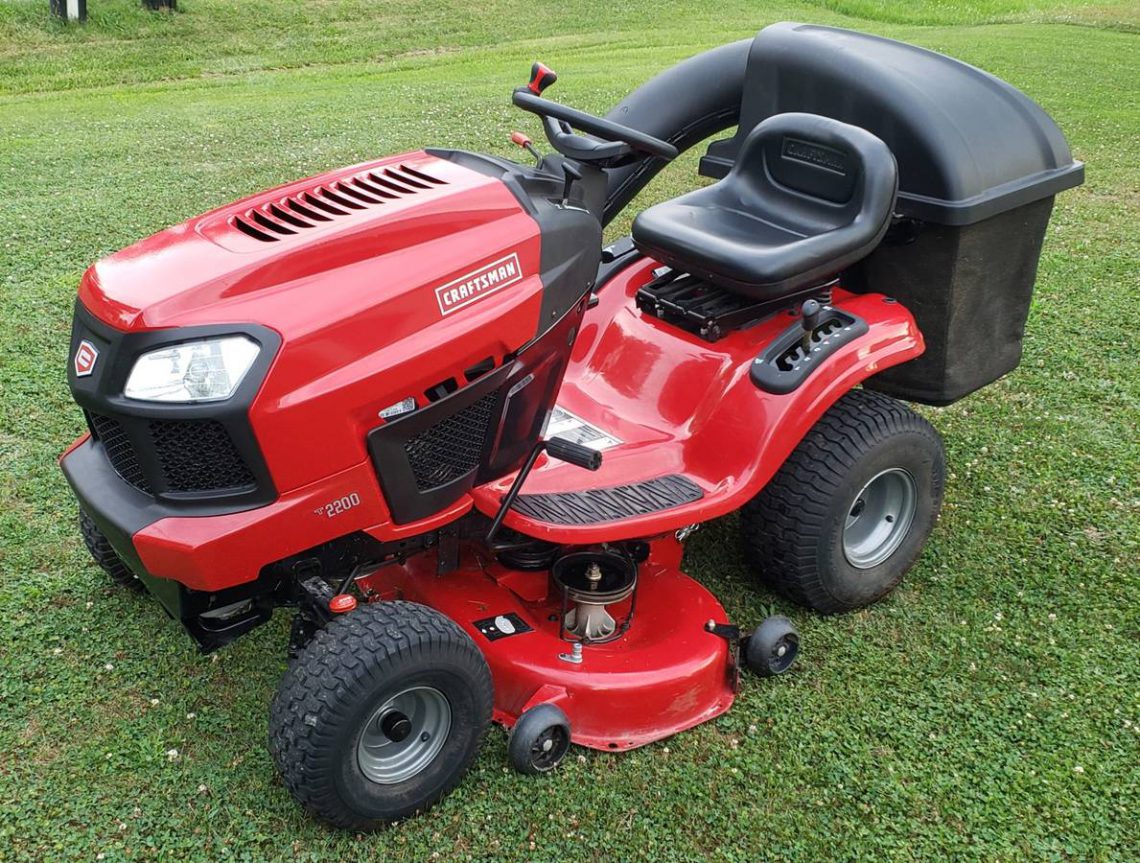A trimmer lawn mower, also known as a string trimmer or weed wacker, is a handheld power tool designed to cut grass and weeds in hard-to-reach areas that traditional lawn mowers cannot access. It typically features a rotating nylon line or metal blade that spins rapidly to cut through dense vegetation.
Trimmer lawn mowers have gained popularity since their introduction due to their versatility, precision, and ability to maneuver in tight spaces. They are commonly used for trimming around obstacles like trees, fences, and flower beds, as well as for edging sidewalks and driveways. They also offer a lightweight and portable solution for small lawns or areas with uneven terrain.
Whether electric, gas-powered, or battery-operated, trimmer lawn mowers have become essential tools for both homeowners and professional landscapers, enabling efficient and precise lawn maintenance.
Trimmer Lawn Mower
Trimmer lawn mowers, indispensable tools for lawn maintenance, encompass several key aspects that contribute to their efficacy and versatility:
- Cutting Capability: Nylon line or metal blades efficiently trim dense vegetation.
- Precision: Allows for precise cutting around obstacles and edging.
- Maneuverability: Lightweight and portable, they navigate tight spaces effortlessly.
- Power Source: Electric, gas-powered, or battery-operated options provide flexibility.
- Ergonomics: Designed for comfort and ease of use, reducing fatigue.
- Versatility: Ideal for small lawns, uneven terrain, and hard-to-reach areas.
These aspects collectively highlight the significance of trimmer lawn mowers in modern lawn care practices. Their ability to handle diverse cutting tasks, precision trimming, and maneuverability in challenging areas makes them essential for both homeowners and professional landscapers. Whether it’s maintaining a pristine lawn or tackling overgrown vegetation, trimmer lawn mowers provide an efficient and effective solution.
Cutting Capability
The cutting capability of a trimmer lawn mower is paramount to its effectiveness in maintaining lawns and landscapes. The choice between nylon line and metal blades depends on the specific vegetation and cutting requirements.
-
Nylon Line:
Nylon line is commonly used for trimming grass and weeds in residential areas. It is lightweight, flexible, and produces less noise than metal blades. Nylon line is ideal for delicate plants and areas where precision trimming is required.
-
Metal Blades:
Metal blades are more durable and can cut through thicker vegetation, such as heavy weeds, brush, and small saplings. They are often used for commercial applications or in areas with dense overgrowth. Metal blades provide a more aggressive cut and are less likely to break or tangle.
The cutting capability of a trimmer lawn mower is a key factor in determining its suitability for different tasks. Whether it’s maintaining a pristine lawn or tackling overgrown vegetation, choosing the right cutting mechanism ensures efficient and effective lawn care.
Precision
The precision offered by trimmer lawn mowers is a key aspect that sets them apart from traditional lawn mowers and makes them indispensable for maintaining well-manicured lawns and landscapes.
-
Obstacle Avoidance:
Trimmer lawn mowers excel at cutting around obstacles such as trees, flower beds, and garden dcor. Their compact size and maneuverability allow users to navigate tight spaces and trim close to delicate plants without causing damage.
-
Edging:
The precision of trimmer lawn mowers makes them ideal for edging sidewalks, driveways, and flower beds. They can create clean, crisp lines, enhancing the overall aesthetic appeal of the landscape.
-
Detail Work:
Trimmer lawn mowers are perfect for detail work, such as trimming around statues, fountains, and other intricate landscaping features. Their ability to cut with precision ensures a polished and professional-looking finish.
-
Slope Maintenance:
On slopes and uneven terrain, trimmer lawn mowers provide greater control and precision compared to traditional lawn mowers. They can safely and effectively trim grass and weeds in areas where larger mowers may struggle to maintain traction.
The precision cutting capabilities of trimmer lawn mowers make them essential tools for achieving a well-maintained and visually appealing lawn or landscape. Their ability to navigate obstacles, create crisp edges, handle detail work, and maintain slopes contributes to their versatility and effectiveness in various lawn care scenarios.
Maneuverability
The maneuverability of trimmer lawn mowers stems from their lightweight and portable design, which provides several advantages in lawn care and landscaping tasks.
The compact size and low weight of trimmer lawn mowers make them easy to handle and maneuver, allowing users to navigate tight spaces and trim around obstacles with ease. This is particularly beneficial in residential areas with narrow passages, flower beds, and delicate plants. Unlike traditional lawn mowers, trimmers can easily access hard-to-reach areas, ensuring a clean and well-maintained lawn.
The portability of trimmer lawn mowers further enhances their versatility. They can be easily transported around the yard or garden, making it convenient to trim different areas without the hassle of cords or bulky equipment. This portability is especially useful for larger properties or when tackling overgrown vegetation in remote locations.
The maneuverability and portability of trimmer lawn mowers are essential components that contribute to their effectiveness and ease of use. These features enable users to maintain lawns and landscapes with precision and efficiency, regardless of the terrain or obstacles present.
Power Source
The power source of a trimmer lawn mower is a crucial factor that influences its functionality, versatility, and user experience.
Electric trimmer lawn mowers are powered by electricity, either through a cord or a rechargeable battery. They are known for their quiet operation, low maintenance requirements, and zero emissions, making them suitable for residential areas and environmentally conscious users. However, their runtime is limited by the length of the cord or the battery capacity, and they may lack the power needed for heavy-duty tasks.
Gas-powered trimmer lawn mowers utilize a gasoline engine, providing greater power and extended runtime compared to electric models. They are ideal for large lawns or areas with thick vegetation, offering more freedom of movement without the constraints of cords or batteries. However, gas-powered trimmers are louder, produce emissions, and require regular maintenance, including fuel mixing and oil changes.
Battery-operated trimmer lawn mowers combine the advantages of electric and gas-powered models. They offer cordless convenience, eliminating the hassle of cords, and provide more power and runtime than corded electric trimmers. Battery-operated trimmers are relatively quiet, low-maintenance, and environmentally friendly. However, their runtime is still limited by battery capacity, and they may require charging or swapping batteries during extended use.
Choosing the right power source for a trimmer lawn mower depends on individual needs and preferences. Electric trimmers are ideal for smaller lawns, quiet operation, and low maintenance, while gas-powered trimmers excel in power and runtime for larger areas and heavy-duty tasks. Battery-operated trimmers offer a balance of convenience, power, and environmental friendliness.
Ergonomics
Ergonomics plays a crucial role in the design and functionality of trimmer lawn mowers, directly impacting the user’s comfort, ease of use, and overall experience. Trimmer lawn mowers are handheld power tools that require sustained use, often for extended periods.
Ergonomic design principles are applied to trimmer lawn mowers to reduce fatigue and promote comfort during operation. These principles include:
- Adjustable handles: Adjustable handles allow users to customize the trimmer’s height and angle to suit their body size and posture, reducing strain on the arms, shoulders, and back.
- Vibration dampening: Trimmers are equipped with vibration-dampening features, such as cushioned grips and isolated engine mounts, to minimize vibrations that can cause discomfort and fatigue in the hands and arms.
- Lightweight design: Trimmer lawn mowers are designed to be lightweight, reducing the physical effort required to operate them, especially during prolonged use.
- Balanced weight distribution: Proper weight distribution ensures that the trimmer is easy to maneuver and control, reducing strain on the user’s arms and wrists.
By incorporating ergonomic design principles, trimmer lawn mowers enhance the user experience, making them more comfortable and less fatiguing to operate. This is particularly important for individuals who use trimmers regularly or for extended periods, such as professional landscapers or homeowners with large lawns. Reduced fatigue translates into increased productivity and efficiency in lawn maintenance tasks.
Versatility
The versatility of trimmer lawn mowers is a key factor that contributes to their widespread use and popularity in lawn maintenance. Their ability to adapt to various cutting tasks and terrains makes them an essential tool for both homeowners and professional landscapers.
For small lawns, trimmer lawn mowers offer a maneuverable and efficient solution. Their compact size and lightweight design allow them to navigate narrow spaces and trim close to obstacles, ensuring a neat and well-manicured appearance. The precision cutting capabilities of trimmers make them ideal for edging around flower beds, walkways, and driveways, adding a touch of finesse to the landscape.
On uneven terrain, such as slopes and hills, trimmer lawn mowers provide greater control and safety compared to traditional lawn mowers. Their ability to trim at different angles and reach awkward areas makes them indispensable for maintaining challenging landscapes. The lightweight and portable nature of trimmers allows users to easily maneuver around obstacles and maintain a consistent cut.
Hard-to-reach areas, such as under decks, around trees, and along fences, pose no challenge for trimmer lawn mowers. Their ability to extend into tight spaces and trim with precision ensures that even the most inaccessible areas are kept neat and tidy. This versatility makes trimmers essential for achieving a well-maintained and visually appealing lawn.
Expert Tips for Effective Use of Trimmer Lawn Mowers
Trimmer lawn mowers are versatile and efficient tools for maintaining lawns and landscapes. To maximize their effectiveness and ensure optimal results, consider the following tips:
Tip 1: Choose the Right Cutting Attachment: Select the appropriate cutting attachment (nylon line or metal blade) based on the vegetation type and desired cut. Nylon line is ideal for trimming grass and weeds, while metal blades are more suitable for heavy-duty tasks like cutting brush or small saplings.
Tip 2: Maintain Proper Line Length: Ensure the trimmer line extends no more than 2-3 inches beyond the guard. Excessive line length can cause tangling, reduced cutting efficiency, and premature wear.
Tip 3: Adjust the Cutting Angle: Adjust the trimmer head angle to suit the task. A lower angle is effective for edging and precision trimming, while a higher angle provides better reach for cutting taller vegetation.
Tip 4: Trim Regularly: Regular trimming promotes healthy lawn growth and prevents weeds from taking over. Aim to trim every 1-2 weeks during the growing season, or more frequently if needed.
Tip 5: Avoid Over Trimming: Resist the urge to trim too low, as this can damage the grass and make it more susceptible to pests and diseases. Trim only the top one-third of the grass blades.
Tip 6: Clean and Maintain Your Trimmer: Regular cleaning and maintenance are essential for optimal performance and longevity. Clean the trimmer housing, remove any debris from the cutting head, and check for loose or damaged parts.
Tip 7: Store Properly: When not in use, store the trimmer in a dry, well-ventilated area. Avoid storing it with the fuel tank full, as this can lead to fuel deterioration and starting problems.
By following these tips, you can harness the full potential of your trimmer lawn mower and achieve a well-manicured lawn while extending the life of your equipment.
Conclusion
The exploration of trimmer lawn mowers in this article has shed light on their multifaceted capabilities, ergonomic designs, and versatility in lawn maintenance. From their ability to precisely trim around obstacles and edges to their effectiveness in navigating uneven terrain and hard-to-reach areas, trimmer lawn mowers have proven to be indispensable tools for both homeowners and professionals.
As technology continues to advance, we can expect further innovations in trimmer lawn mower design and functionality. The integration of features such as self-propulsion, enhanced cutting systems, and extended battery life will undoubtedly enhance the user experience and make lawn care even more efficient and enjoyable. By embracing the latest advancements and adhering to proper usage and maintenance practices, we can harness the full potential of trimmer lawn mowers to achieve and maintain healthy, visually appealing lawns.



